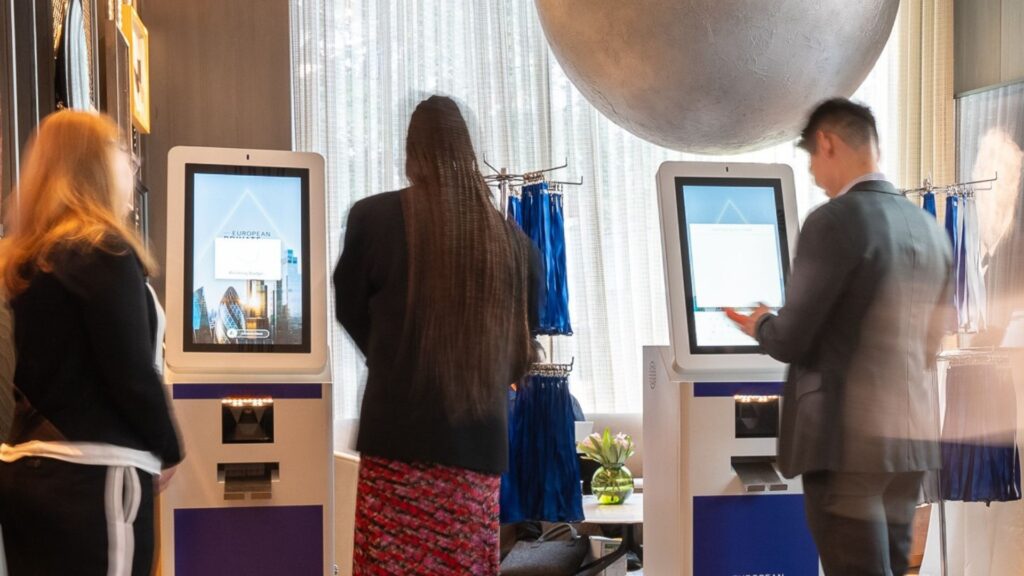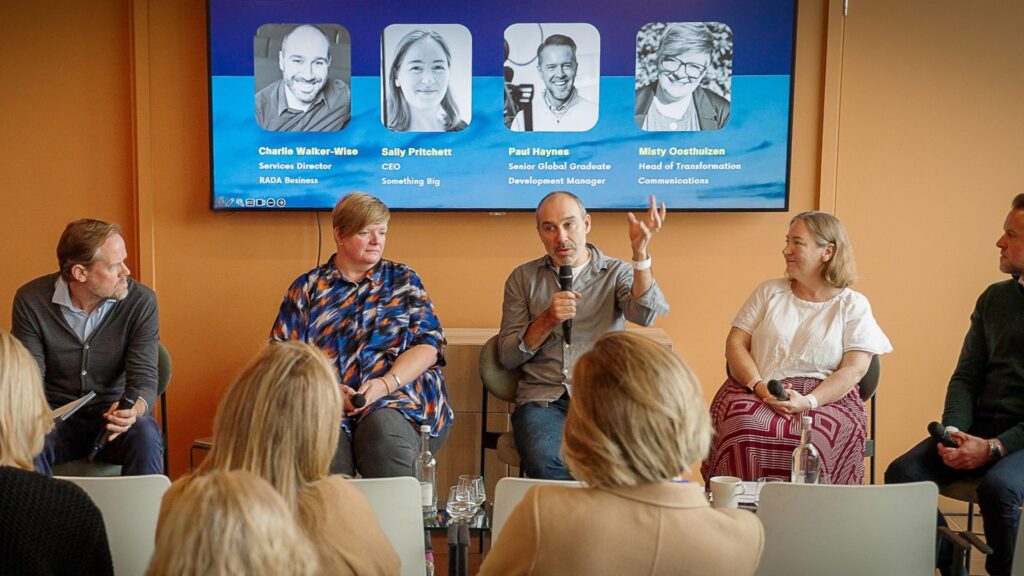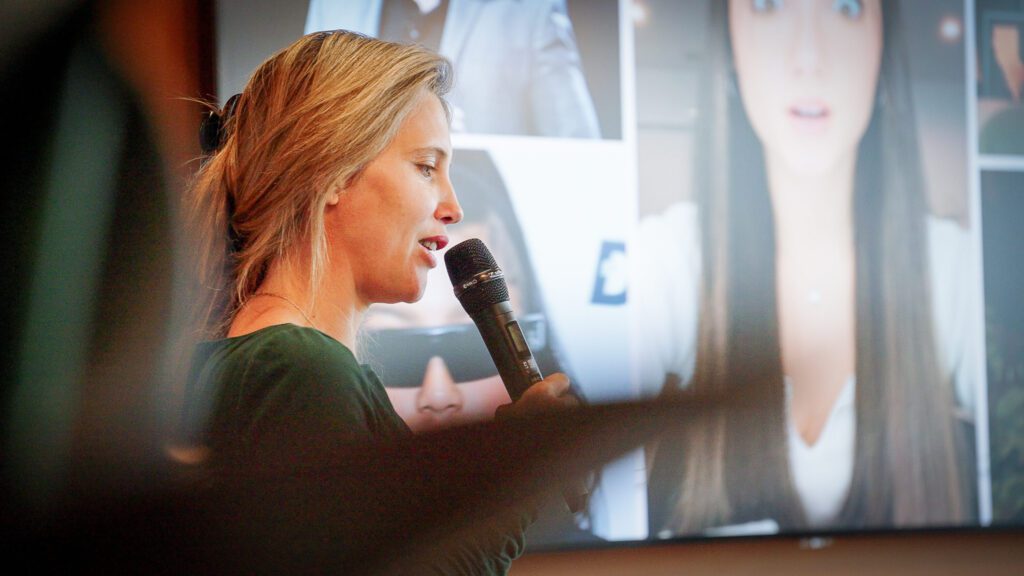Engage and Lead Through Change: How to Communicate with Intention
Are Audience Demographics Dead?

For the first time ever, there are now five generations in the workforce, together making up diverse teams and dynamic audiences. Each generation brings its own experiences, preferences, and unique skills to the table but at some point, generational labels stopped being tools for audience insight and started acting like shorthand for identity.
Understanding your audience is more important than ever, and a one-size fits all approach simply won’t work.
Whether you are planning a ‘Gen-Z’ focused team event or product launch for ‘Millennials’ – these birth year labels aren’t a blueprint. Not all Millennials are plant parents, and not all Boomers are confused by smartphones. Niche communities such as fitness enthusiasts and gamers exist across age groups and each generation is far more diverse and nuanced than any single trend report suggests.
Demographics such as age have long been used as a go-to measure for marketers to profile and segment their audience and a proxy to predict their emotional and behavioral and emotional response to marketing messaging. But audiences won’t fit into a box, with demographics only accounting for a small portion of purchasing decisions.
We know audiences (regardless of their generation) crave a personalised experience. So, how do you create the customised experience that appeals to your audience’s needs and wants?
Behavioural insights, for example the statistic that customers who drink coffee before shopping spend 50% more, are stronger and when it comes to events. It is aligning values, habits, interests, and emotions that drive registration, engagement, and deeper connections.
Do brands really understand their audiences?
These labels aren’t working. Understanding our modern and dynamic audience comes from deeper insight and research, not traditional profiling or stereotypes. Rather than grouping people by when they were born, try creating in depth segments based on psychographics and an understanding of behavior – customer’s habits, triggers, and environmental factors.
What technologies shaped their upbringing? What global events defined their worldview? What values did they form during their coming-of-age years? What life stage are they in now? And how can you design events with co-creation, interactivity, and surprise-and-delight moments based on this information?
This human-centric reframe moves us away from assumption and toward empathy. And when designing events this perspective becomes far more useful than asking how to adapt an experience to target your audience. It allows planners to create shared meaning, and emotional connection before, during, and after an experience rather than targeting a passive audience. When they ditch the demographics, brands feel more human, and events connect better.
Generational context still matters.
Today 40% feel that AI-generated content fails to represent their culture or values but looking ahead Generation Alpha (2013–2029) will be the first truly AI-integrated generation. They’ll expect digital co-creation, not just participation. Climate literacy and digital ethics will be base line expectations for events, not added extras. Personalised environments will be the standard and AI powered analytics could be the way to do this.
So, when designing for now, ask: Are we laying a foundation for the audiences of 5–10 years from now? People aren’t their generation. They’re a product of their experiences, environment, and choices.
Emotion is the new brief. Creativity flourishes when we stop designing for labels and start designing for humans.


